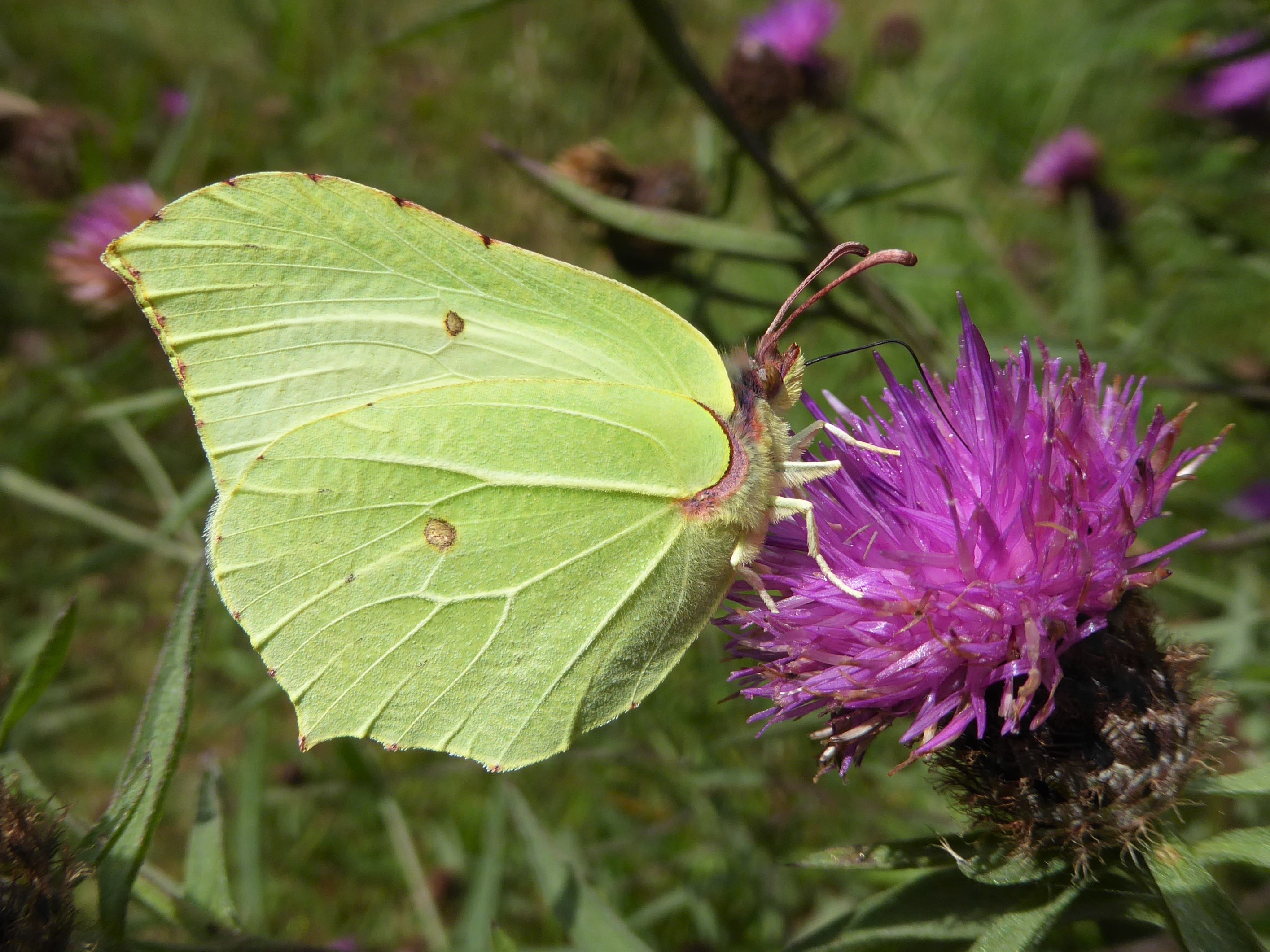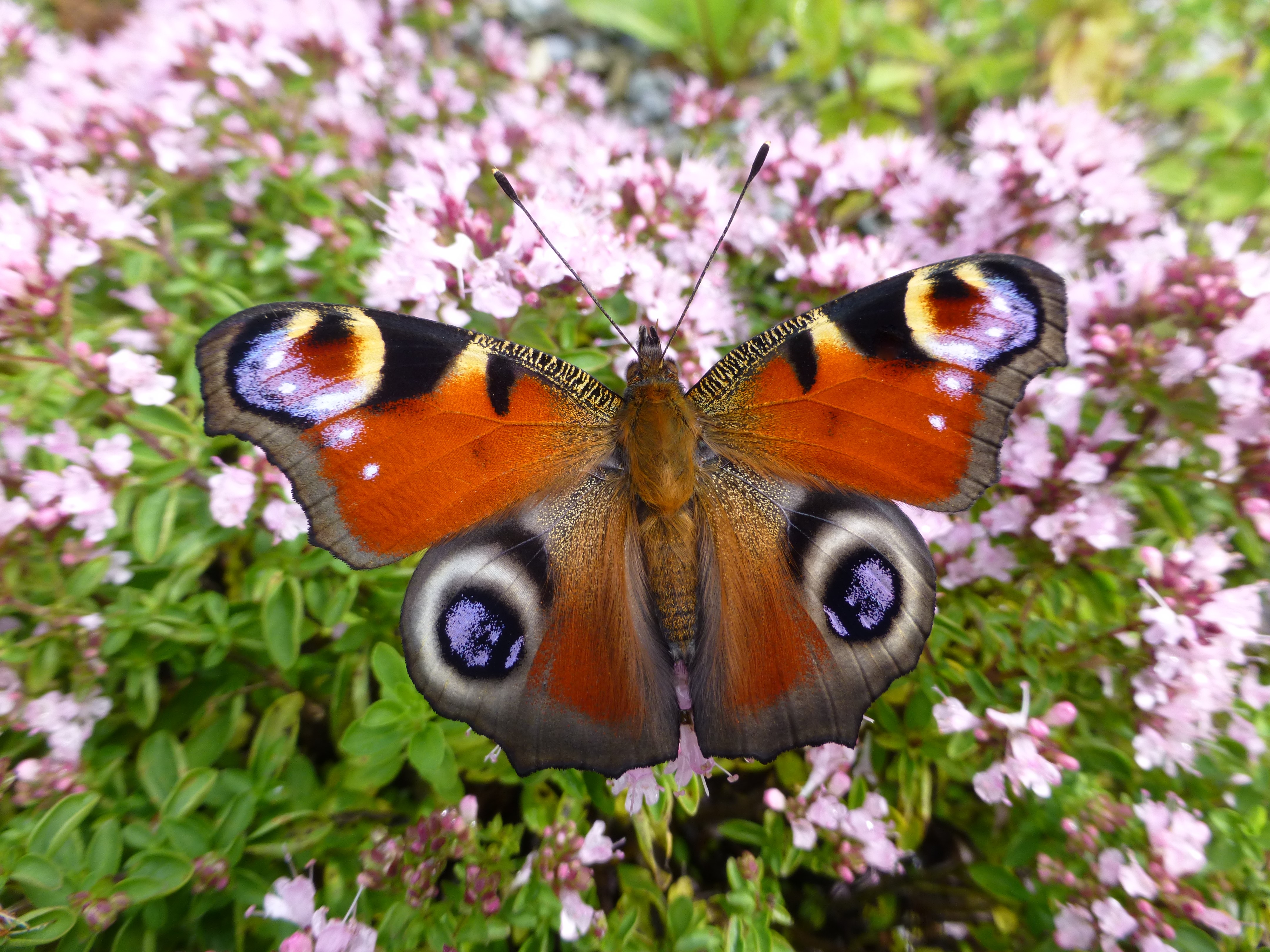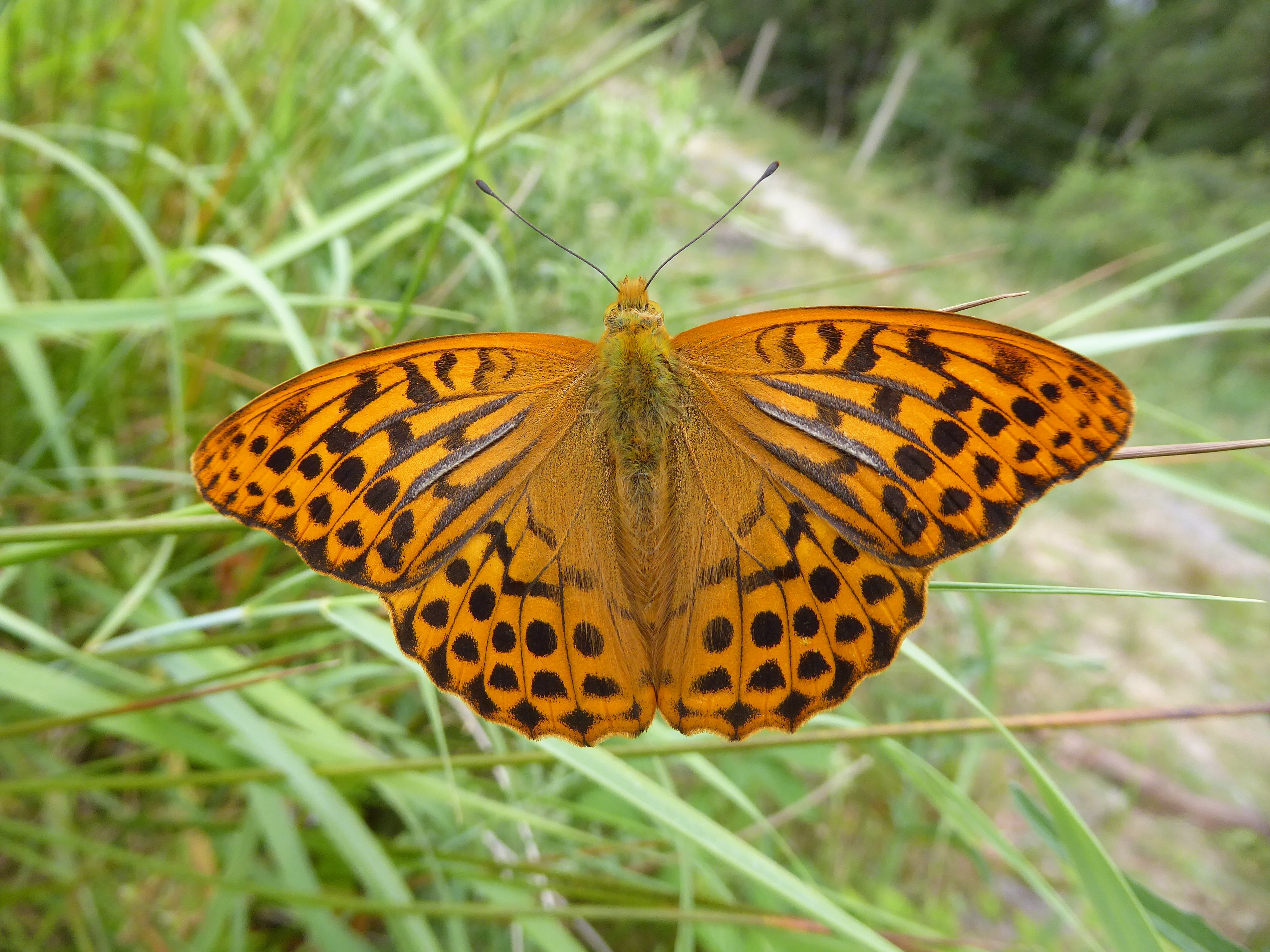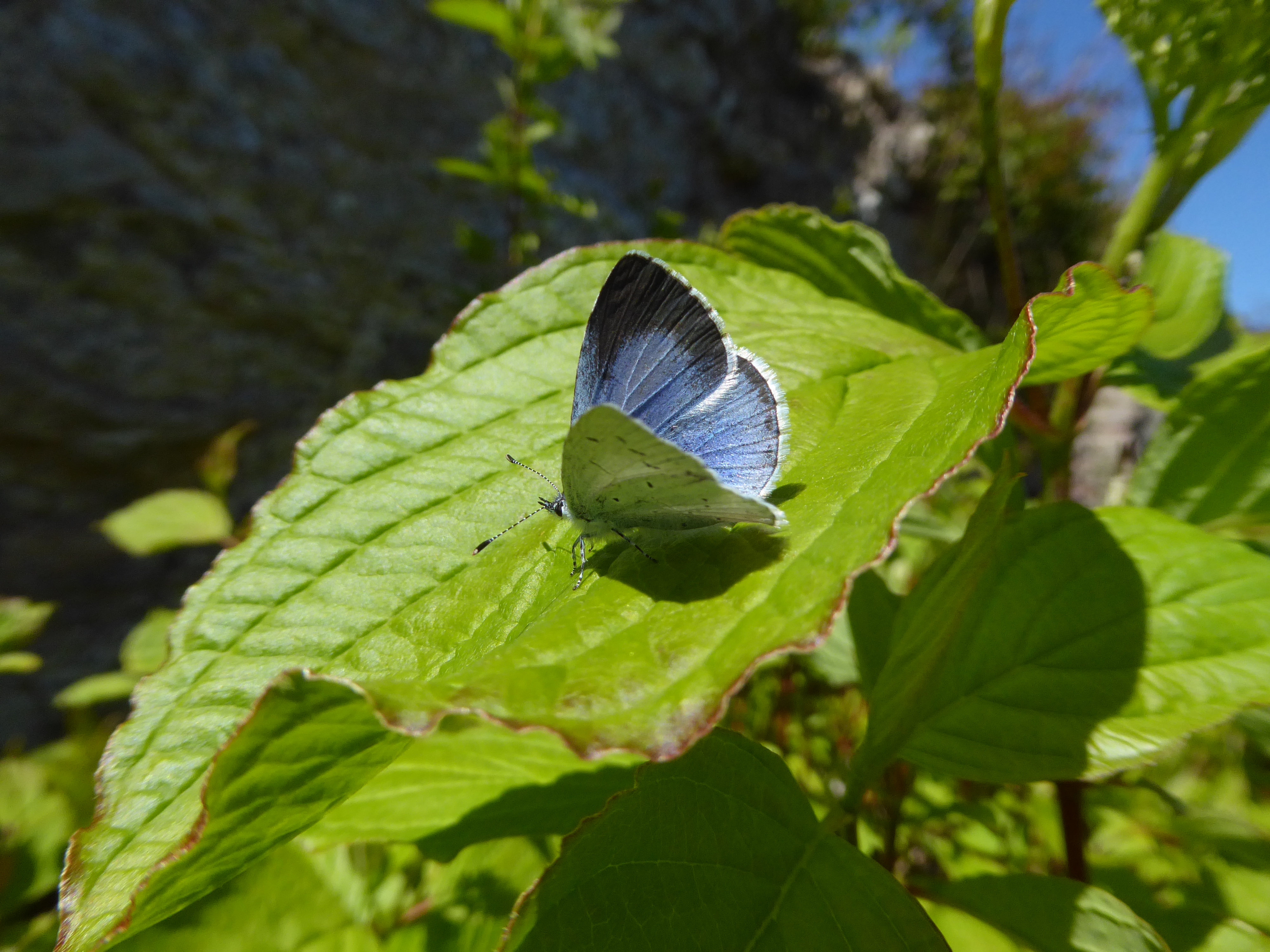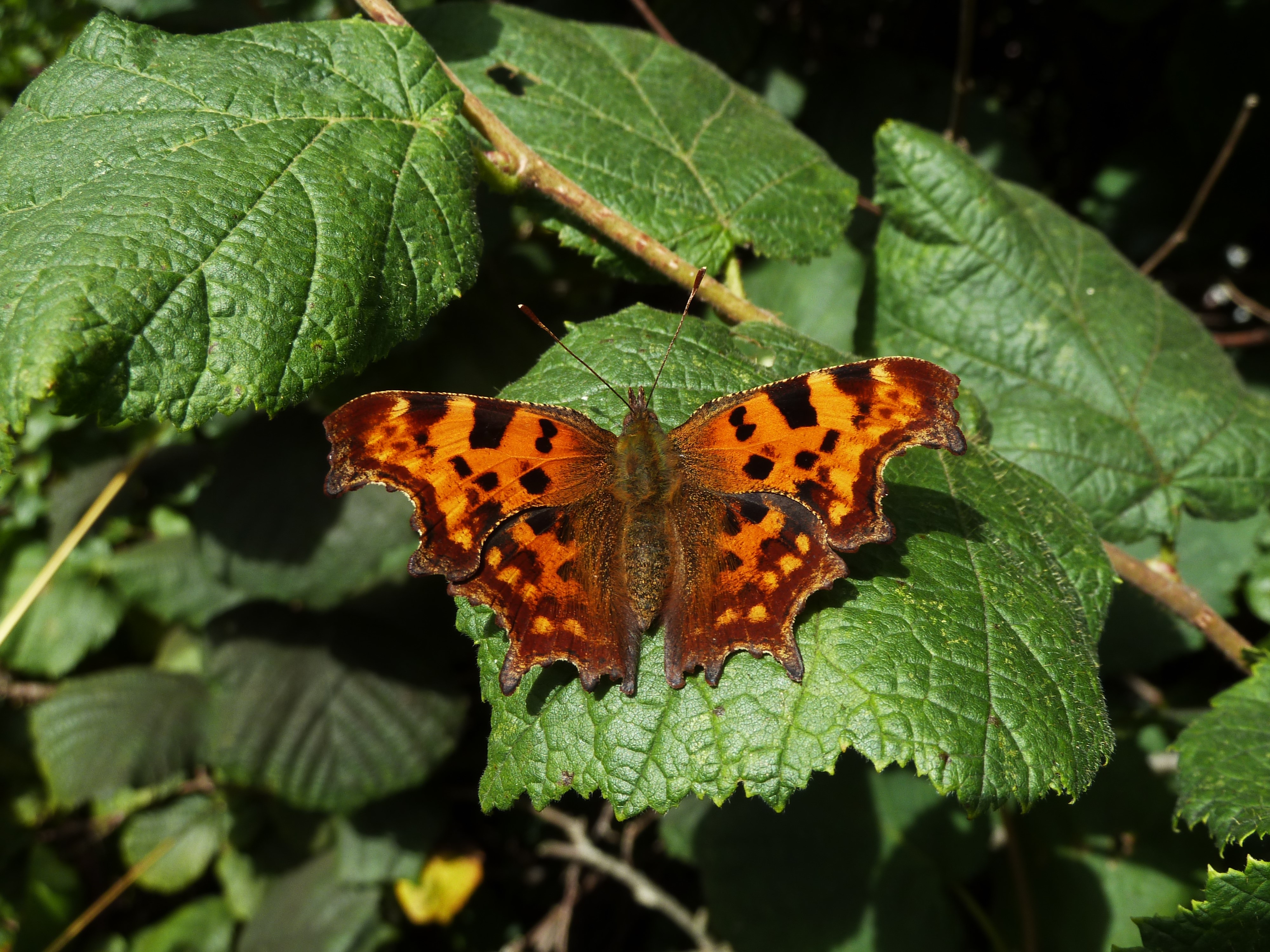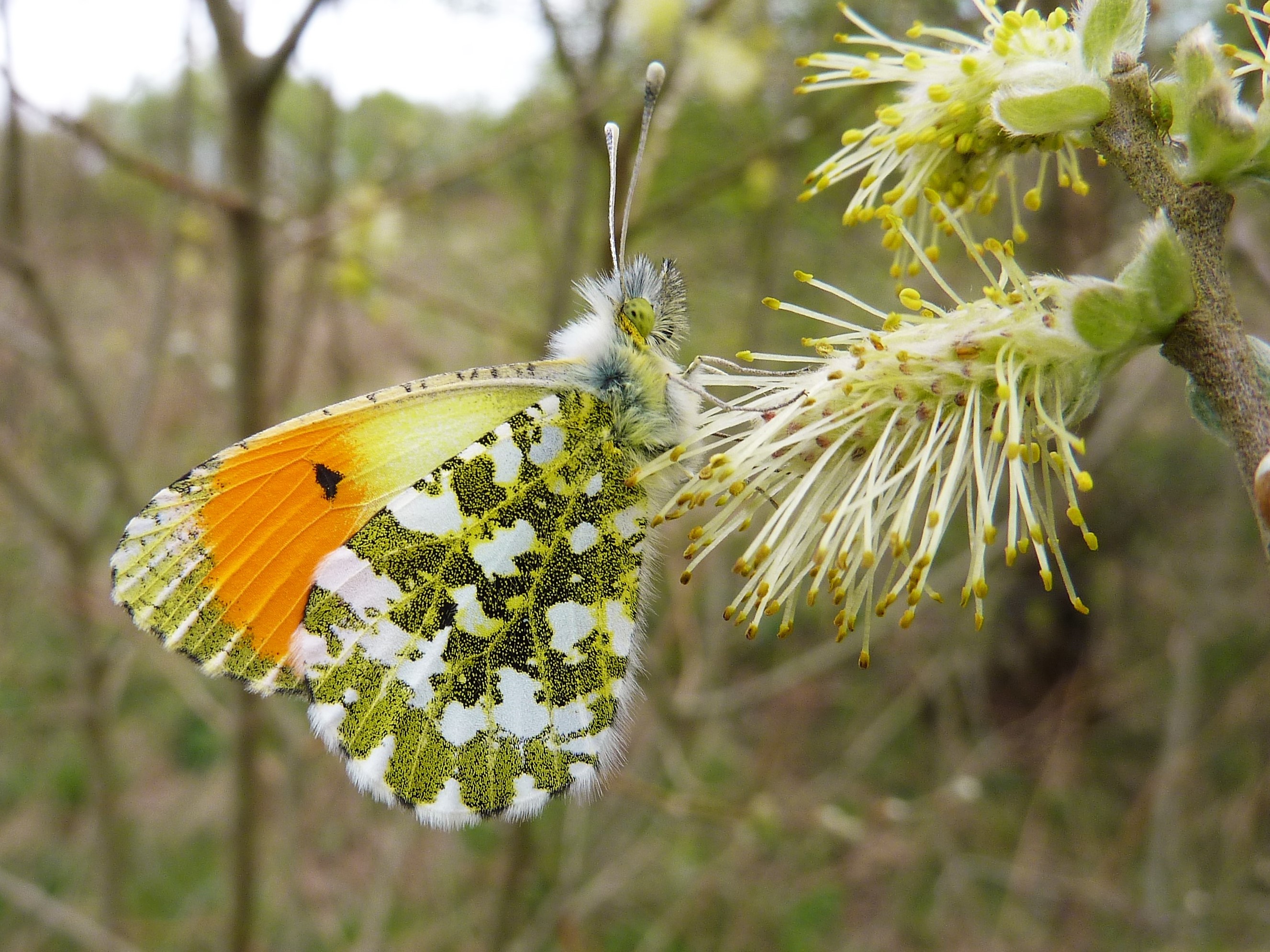The recently reported increase in the population of the Purple Emperor in England offers a wonderful uplift and an antidote to the gloom and sometimes paranoia pervading our outlook on the seemingly unending downward plunge of biodiversity across the globe.
And we all need a boost, especially in the current social, political and economic uncertainties bombarding us each way we look. And butterflies, the most beautiful animals in the world can provide this much-needed balm.
While our suite of butterfly species on this side on the Irish Sea does not include the Purple Emperor, we do have some good news to share about the progress of Ireland’s butterflies. This good news is backed by science. We have been counting butterflies here systematically for the past 13 years so we have a good idea about how populations stand.
What do we know? We have 35 butterfly species that we encounter every year-three are regular migrants, the others are year-round residents. We have recorded data on all of these species. The findings from the Irish Butterfly Monitoring Scheme published by the National Biodiversity Data Centre tells us that seven have increased in population size since 2008, five species are stable, there is uncertainty about five species while the status of 11 is unknown due to the small number of sites being monitored.
Some increases are spectacular. Based on the 2019 figures, the Peacock, surely our most beautiful butterfly, is up 250% since 2008. The Brimstone, golden yellow in the male and greenish-white in the female has jumped 191%. The deep black patterned orange Silver-washed Fritillary, our largest native butterfly showed a rise of 57%. The latter two butterflies are benefitting from a warming climate and an increase in the woodland habitat that is developing throughout the Irish midlands as native woods develop on cutaway bogs. The Holly Blue is up 34% on 2008 figures-this looks like a beneficiary of warming too, for it loves to lay its eggs in hot shrubbery, particularly in urban settings. It can even be seen fluttering its azure blue wings in Dublin city centre.
The situation may be a little different from that reported by the Irish Butterfly Monitoring Scheme. It appears that at least nine species have increased in abundance. This includes two species not included in the scheme’s increase data. These two are the orange-red Comma, first confirmed breeding in Ireland in May 2014 by Jesmond Harding and Brian Power, now spreading throughout the south and east of Ireland and the Cryptic Wood White, a delicate, slow-motion flyer that loves bushy, grassy areas that must be benefitting from a more relaxed style of land management.
One butterfly that many have seen in abundance this spring is the charming and exquisite Orange-tip. The male sports gleaming orange wing-tips on his upper surfaces which blaze hotly against the otherwise starched white wings. Reports to Butterfly Conservation Ireland’s recording scheme (see https://butterflyconservation.ie/wp/records/ ) show many accounts of our prettiest spring butterfly. While it appeared to be so numerous this year, a note of caution must be struck.
This year’s Orange-tip populations were laid down last year when the eggs were laid. Therefore, the 2020 population size largely reflects 2019’s conditions. Although 2019 was not a stellar year, it was a good year. But the boom in Orange-tips this April and May reflects the weather this year. Typically, Orange-tips emerge from their pupae from early April to early July according to the on-off weather in the more usual Irish spring/early summer. But because the weather this spring was consistently sunny, dry and warm the Orange-tips burst upon our countryside in numbers over just a few weeks in April and the first half of May. Their flight period is already over, excepting a few stragglers.
While it is heartening to see such beauty in abundance, we must be mindful of declines. The Irish Butterfly Monitoring Scheme shows that five species have declined, two of these sharply (Small Copper and Small Heath by more than 5% per year). While it cannot be confirmed due to lack of data, Butterfly Conservation Ireland takes the view that the Large Heath and Green Hairstreak butterflies, both bog specialists, are in decline, especially the Large Heath which is fully dependent on wet bogs which are being destroyed at an alarming rate.
Interestingly, all three parties involved in negotiations on a programme for government, Fianna Fáil, Fine Gael and the Green Party, made manifesto commitments to conserve and restore the bogs. We shall see…
But we should not wait for politicians to improve the environment. All gardeners can help to protect the commoner species. Avoid using peat. Your garden does not need it. Don’t use any herbicides, pesticides or chemical fertilisers. Grow native flowers and shrubs to provide nectar and breeding sites for butterflies and moths. Build habitats that reflect those found in the countryside around your home. Around 20 of our species have been recorded in gardens so there is much you can do to help.
More information can be found on our website at https://butterflyconservation.ie/wp/ and our Facebook page. If you would like to record butterflies take a look at the Records page on our website. Butterfly Conservation Ireland is a charity that was established to conserve butterfly and moth populations. Butterfly Conservation Ireland is keen to receive new members to boost the drive to save our loveliest creatures.
